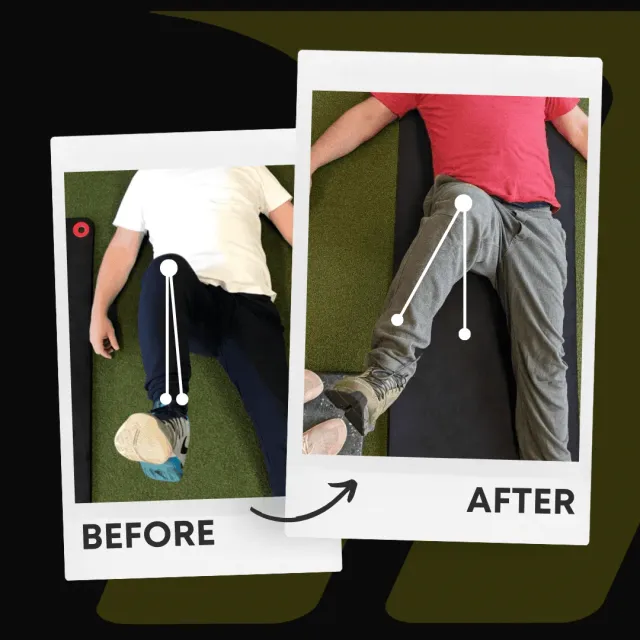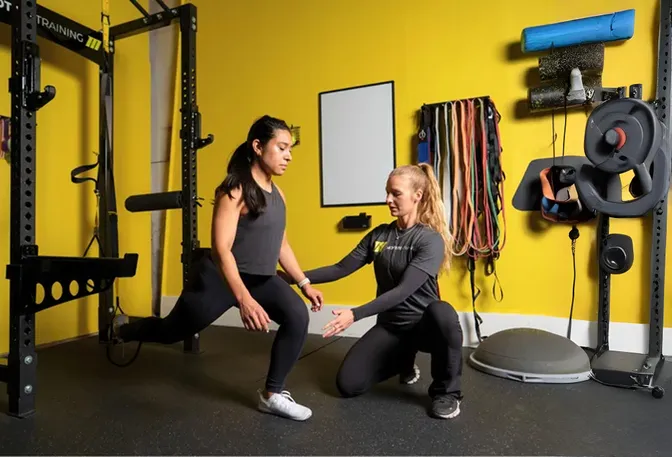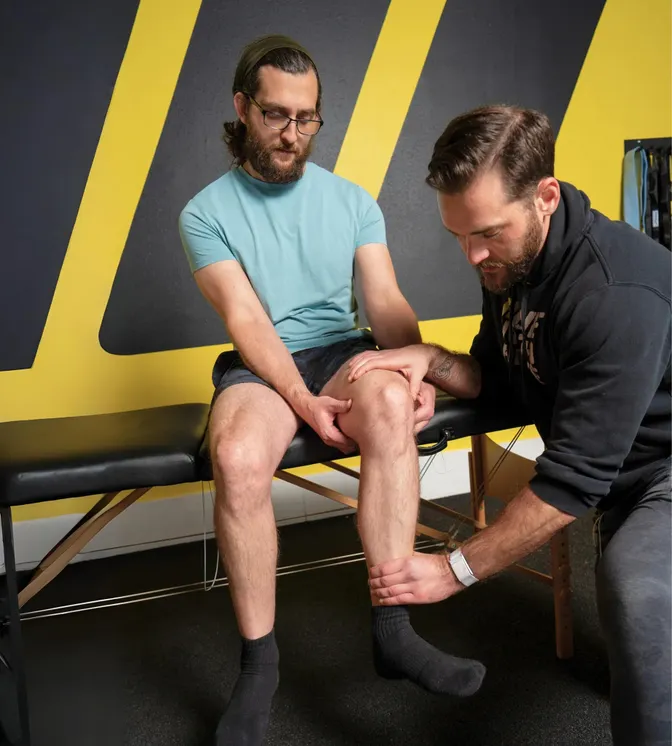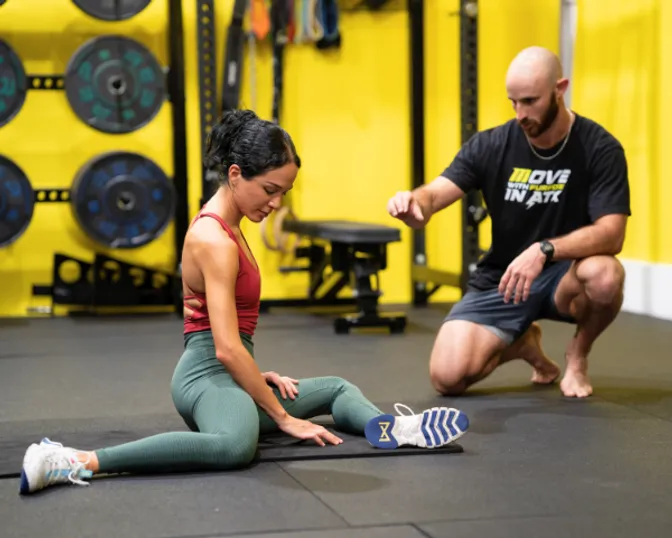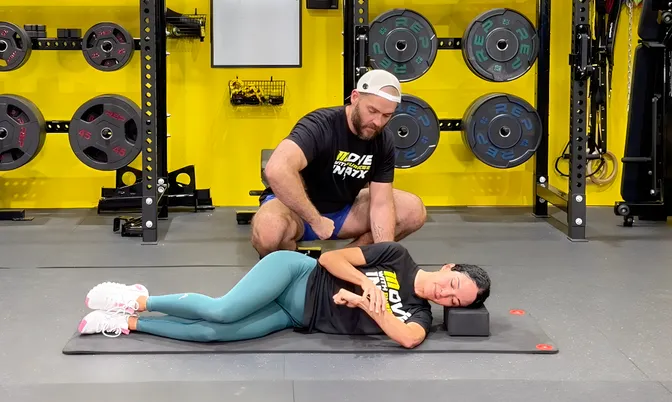Always Be a Student: Why Learning Drives Everything We Do at Motive Training
June 10, 2025 | Motive Training
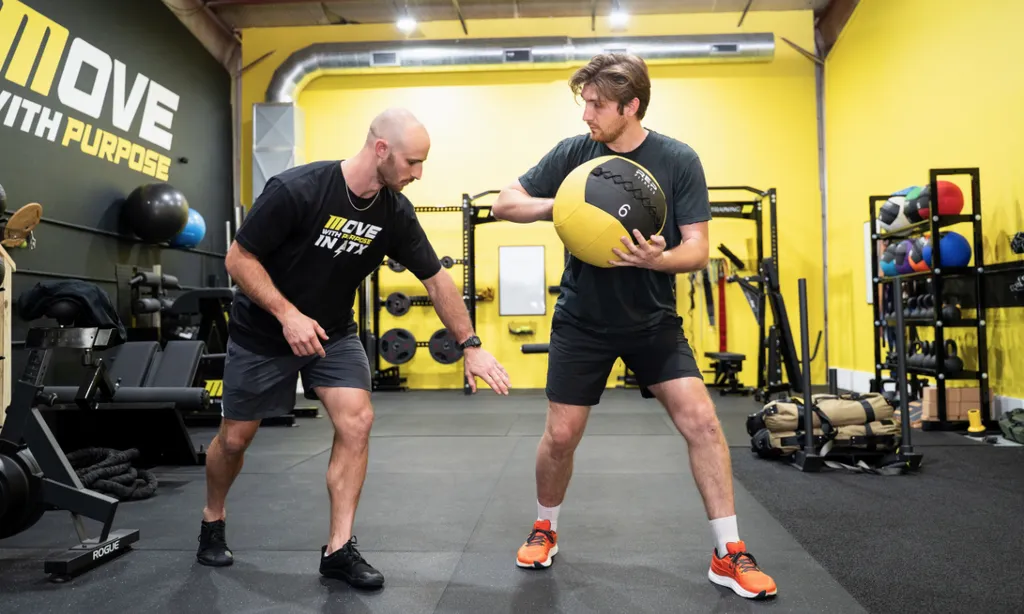
There’s no finish line when it comes to learning how to move, train, or coach. That’s why our fourth credo is this: Always Be a Student.
This isn’t just about our coaches. It’s about everyone in the Motive Training ecosystem—clients, staff, and community members. Because the moment you think you’ve got it all figured out, your progress stops.
Curiosity Is a Skill—And We Practice It
When we say “Always Be a Student,” we mean approaching every day with the same mindset we ask from our clients: curiosity, humility, and a hunger to improve.
You don’t need to memorize anatomy books or get certified in mobility to benefit from this mindset. But you do need to be open to learning something new. That might mean:
- Discovering how to articulate your hips without using your low back.
- Understanding what rotational movement training actually is.
- Figuring out why you feel stiff in the morning and what your joints need to fix it. These aren’t just facts. They’re lessons you can apply every time you move. And when you take that learning seriously, things change. You start to see mobility drills as opportunities, not chores. You begin to feel the difference between tension and control. You recognize the nuance in how you breathe, rotate, hinge, and load. That’s the real reward: self-awareness, built through repetition, guidance, and education.
We Practice What We Preach
Our team doesn’t sit still—literally or professionally. We continually learn through new certifications, in-depth assessments, and hands-on experience. Everyone on the Motive Training staff is either FRC-certified or on the path to it. Most are trained in KINSTRETCH, and many are actively exploring concepts like coiling, gait, and rotational control.
But learning doesn’t end with credentials. It happens when we experiment with new progressions in a session. When we revisit a warm-up drill and realize it needs an upgrade. When we get feedback from a client that challenges our thinking.
That feedback loop—between coach and client—is everything.
We encourage our coaches to challenge assumptions. To look at a squat and ask: Is this really the best place to start? To evaluate movement through the lens of rotational training, not just linear patterns. To keep refining the way we teach, not just what we teach.
Clients Learn Here, Too
One of the biggest shifts our clients make when they start working with us is realizing that training isn’t something that’s done to them. It’s something they get to participate in.
We teach our clients how to feel their joints move. How to breathe with intention. How to use the right language to describe what they’re feeling.
Why? Because body awareness builds self-reliance. If a client can articulate what they’re feeling in a movement, we can coach them more effectively. If they understand how a PAIL or RAIL works, they can own their progress.
This is why education shows up everywhere in our training:
- We break down movement strategies during mobility coaching sessions.
- We show our community how to implement foundational routines like input sessions.
- We use group classes to teach real concepts, not just run people through random circuits.
- We embed learning into the actual experience—every assessment, every cue, every progression is a conversation. Our clients don’t have to know everything. But they will leave each session knowing something—and that knowledge will change how they train.
The Best Clients Are Curious
We’ve worked with everyone from beginners to professional athletes. And the clients who get the most out of Motive Training are those who ask questions, want to understand the process and lean into the work.
They don’t blindly follow their programs—they engage with them. They ask why we’re training internal rotation. They want to know what we’re testing with the Functional Range Assessment. They pay attention during their private sessions, and they show up to group classes with better control because they’ve been applying what they’ve learned.
This kind of engagement turns short-term wins into long-term change. It creates a deeper connection to training—not just physically but mentally and emotionally.
Movement Is a Skill—And Skills Need Practice
You wouldn’t expect to master an instrument in a month. You wouldn’t expect to perfect a language after a few YouTube videos. So why do people expect movement to be different?
Learning to move well takes time. It requires patience. And it benefits from having guides who know how to teach, not just demonstrate.
That’s what we do at Motive Training. We coach. We educate. We create an environment where learning never stops—and progress doesn’t either.
Whether you’re working through joint limitations, building strength from the ground up, or refining performance through a high-level mobility practice, the learning never ends.
We show you how to think about training differently. We ask questions that help you think critically about your body. We invite you into the process because your success depends on you being more than just a passive participant.
This isn’t school. There’s no test at the end. But there is growth—if you show up with the right mindset.
Being a student isn’t a phase—it’s a mindset. One that shapes how we train, how we grow, and how we show up for ourselves over time.
Written by
Brian Murray, FRA, FRSC
Founder of Motive Training
We’ll teach you how to move with purpose so you can lead a healthy, strong, and pain-free life. Our headquarters are in Austin, TX, but you can work with us online by signing up for KINSTRETCH Online or digging deep into one of our Motive Mobility Blueprints.
